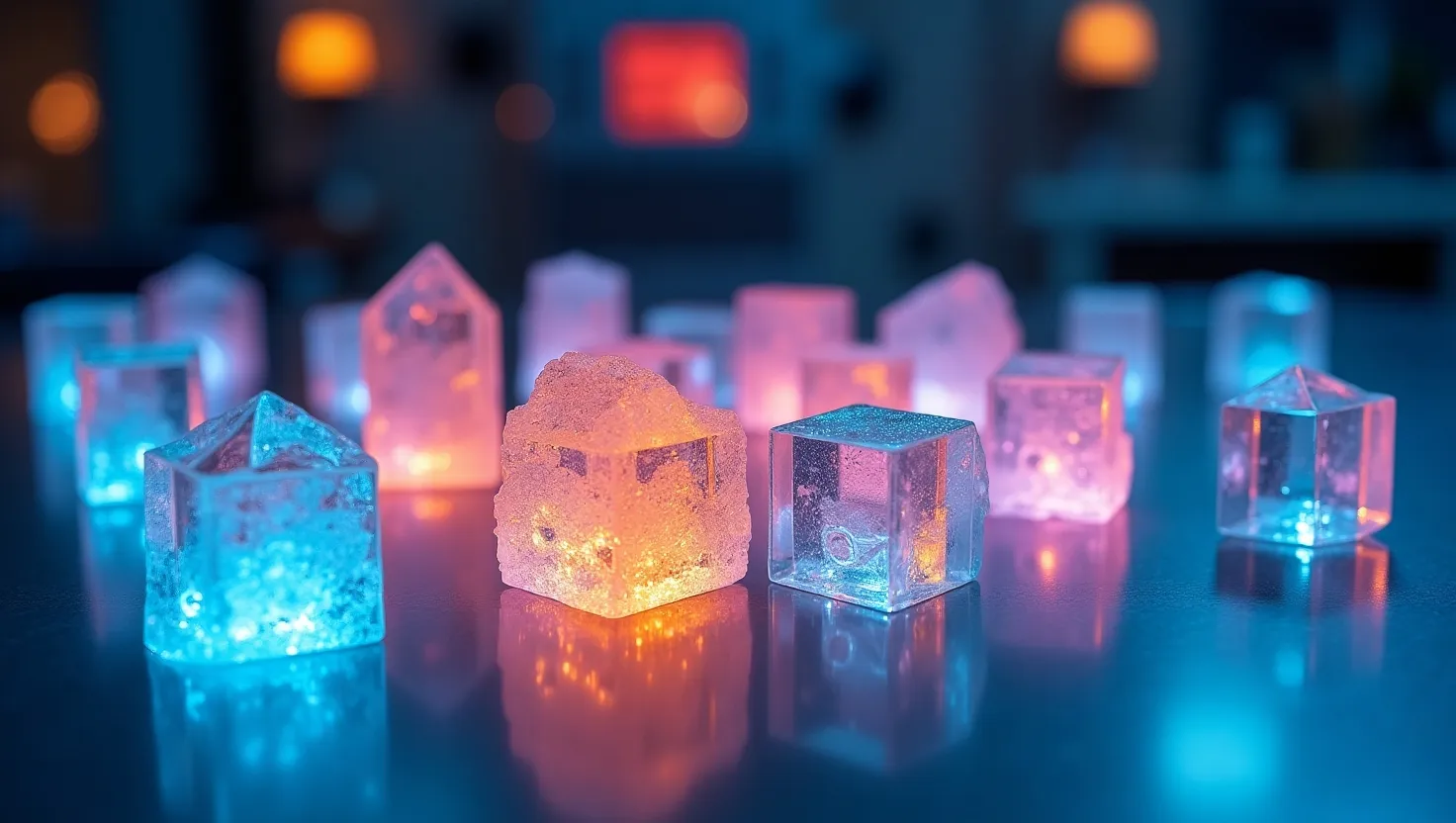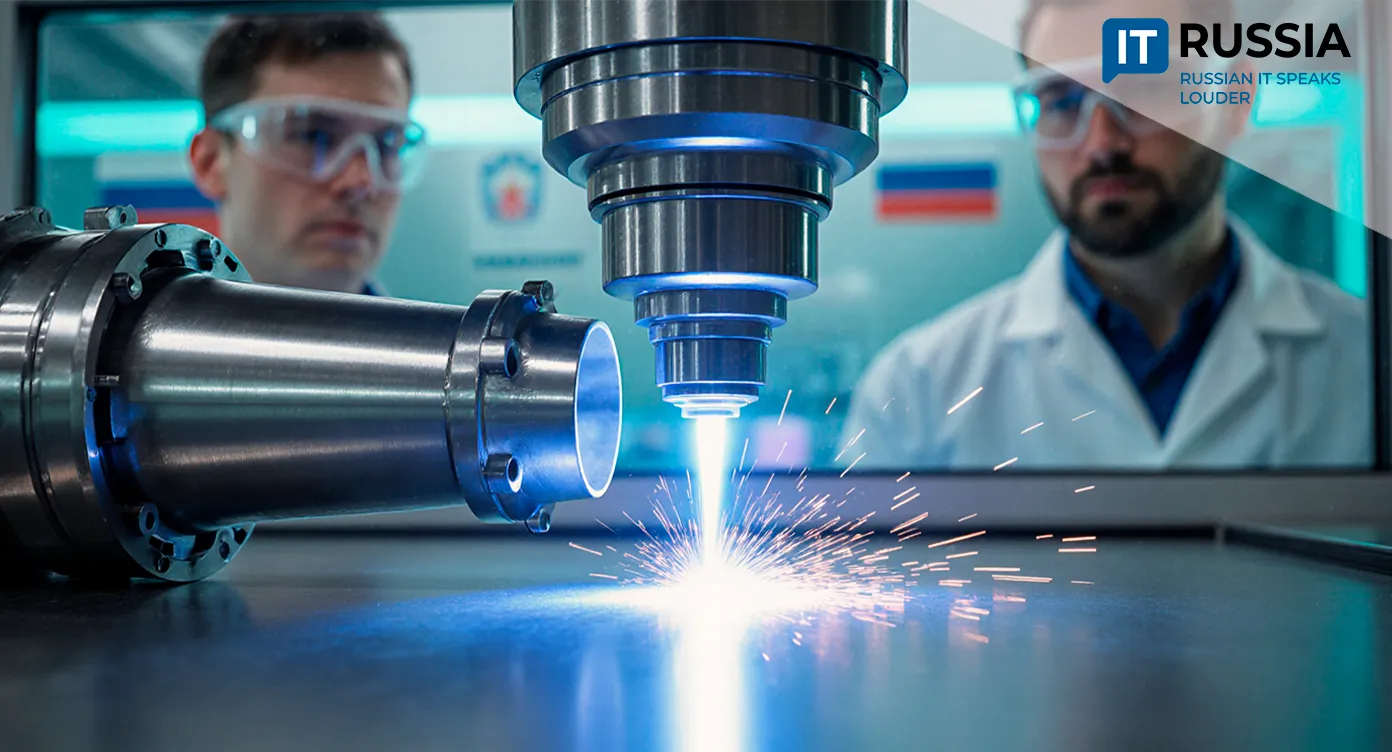Quartz Glass for Fiber Optic Cables Can Now Be Produced Six Times Faster
Scientists in Perm, Russia, have developed a new method for producing high-purity quartz glass, cutting manufacturing time sixfold while saving enormous amounts of electricity.

The Growing Need for Quartz Glass
Nearly all modern communications—from traditional telephony to high-speed internet and quantum data transmission—depend on fiber optic cables. Global demand is immense, and whoever finds a way to speed up their production gains a strategic technological advantage. Russian researchers have made a significant step in that direction.
At the core of every fiber optic cable is ultra-pure quartz glass, the material that actually transmits the optical signal. It is extremely strong and resistant to high temperatures, which also makes it vital for aerospace engineering, microelectronics, and laser technologies. Through experimentation, scientists in Perm discovered how to accelerate the production of this material by a factor of six.
An Expensive and Energy-Intensive Process
Quartz glass for optical cables is produced using a sol-gel process. The base is a solution of silicon compounds, acids, and other components, which is dried and fired to form silicon dioxide. It is then melted in a furnace at around 1800°C to eliminate impurities and air bubbles, resulting in the ultra-pure glass required for optical performance.

This thermal treatment typically lasts about 60 hours and consumes vast amounts of energy—one 100-kilogram batch requires between 3,500 and 4,000 kWh of electricity. Even the slightest deviation in temperature can lead to defects and waste.
The more irregularities and bubbles in the initial gel, the longer the process must continue to remove them. To reduce both time and energy consumption, scientists from Perm Polytechnic University and the Perm Scientific-Production Instrument-Making Company (PNPPK) sought a way to optimize the gel’s properties at the preparation stage.
Optimizing the Formula
After numerous experiments, researchers found that adding trace amounts of aqueous ammonia—around 0.1% of the total mass—and ethyl alcohol produced the best results. These additives helped form perfectly cohesive, transparent silicon dioxide particles.

“During the experiment, we changed the type of catalyst, adjusted the water content, and alternately added or removed ethyl alcohol as a solvent,” explains Alexander Vozyakov, Head of the New Developments Bureau at PNPPK. “To minimize internal defects and pores, the gel must form slowly and evenly.”
The results were remarkable: the time required for producing quartz glass dropped from 60 hours to just 10. This breakthrough has strategic significance for establishing a fully domestic fiber-optic production cycle. Until now, Russia had to import quartz preforms for fiber drawing. The new process not only replaces imports but also makes production dramatically cheaper.
Currently, the method is at the laboratory stage, and further technical refinements will be needed before industrial-scale adoption.
Boundless Potential
Successful scaling of this technology opens vast opportunities. Russia is now close to achieving self-sufficiency in fiber optic cable production, eliminating import dependence. Over time, the new material could also become an export product, offering competitive pricing without compromising quality.

Within the next one to two years, small-batch production will begin to test quality control and field performance. If the trials proceed smoothly, industrial-scale production could start within three to five years.
Beyond telecommunications, the new quartz glass manufacturing method could benefit several other sectors, including electronics, microelectronics, optics, laser systems, and modern navigation technologies. It has the potential to catalyze growth across multiple high-tech industries.










































